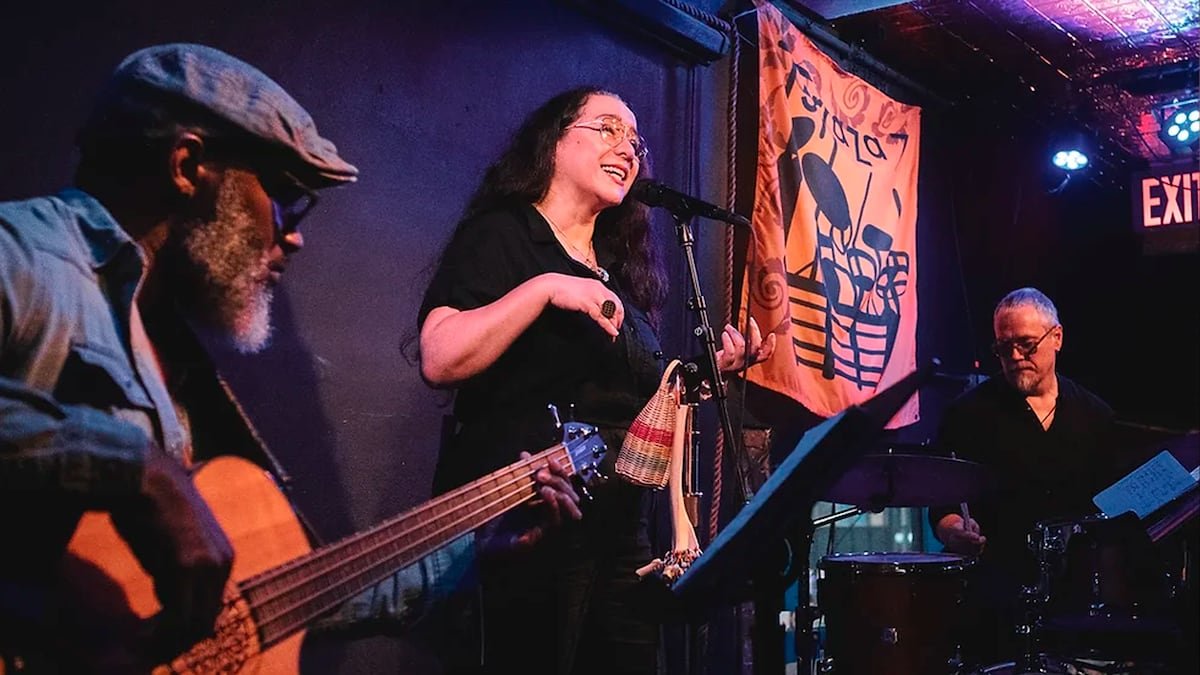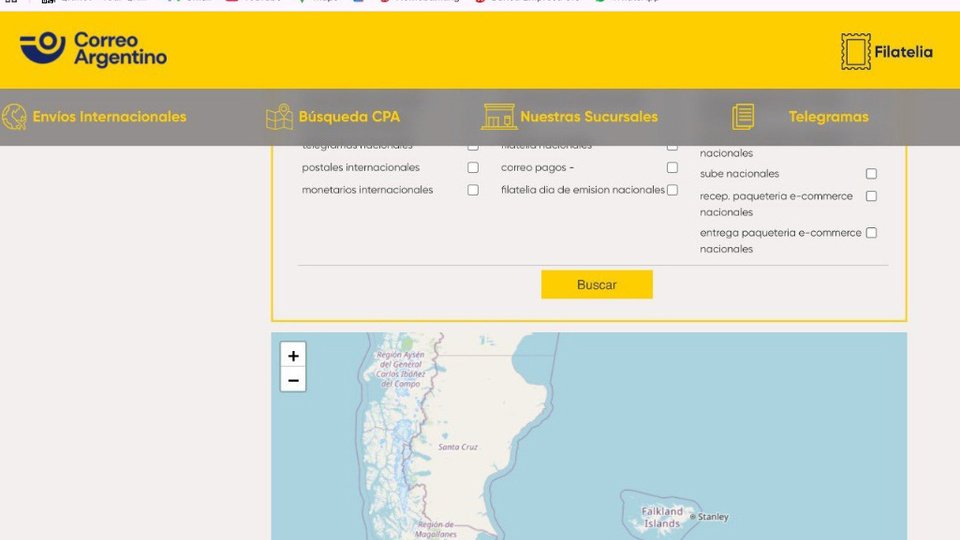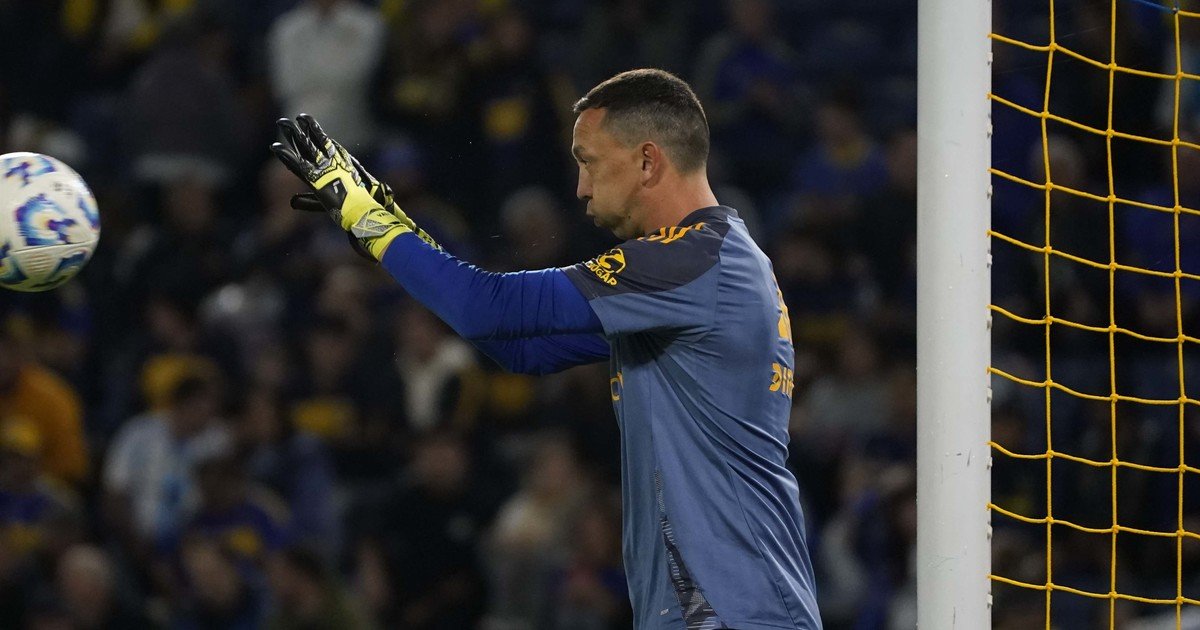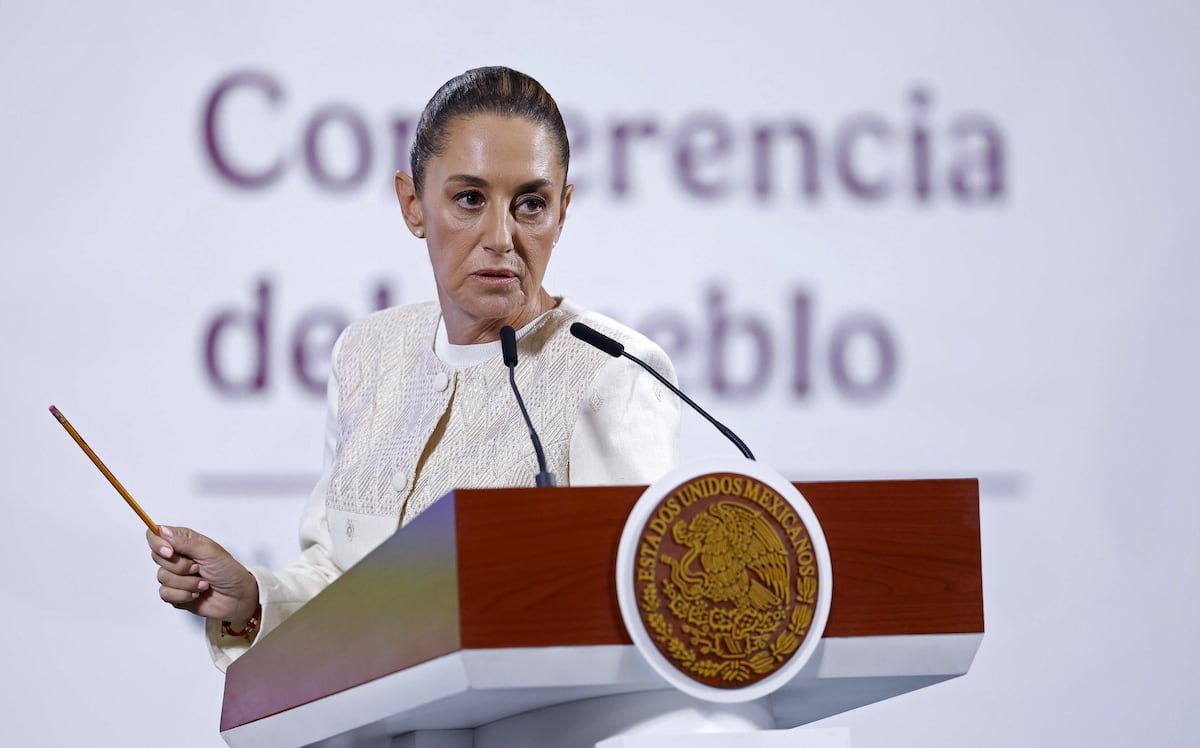This is the third time Freddy Castiblanco has tried to save Terraza 7, his bar and social project that has brought together New York’s Latin American and Hispanic diasporas since 2002. It’s something in keeping with the city, but, paradoxically, strange and rare.
The mitigating factor is that now, in one of the most direct crises affecting the migrant population in the United States and New York, Castiblanco has been unable to do anything about the excessive rent increase, which will rise from $7,500 (the price he’s been paying since the end of the pandemic) to $12,000. “A business in this industry, bars and restaurants, should theoretically pay around 10% of its net sales. So I should be paying around $6,500 monthly, maximum. So, $7,500 is already beyond that limit,” he asserts. “What’s happening is that a huge effort has been made over so many years, and communities have been created that come to see the music… it’s an economic miracle for a struggling neighborhood, where purchasing power is low.”
In 2000, when the Colombian arrived in Queens, to the Jackson Heights-Elmhurst area, known as the most diverse in the world, he found that all the area’s immigrants were still in their own countries. Peruvians in Peru, Colombians in Colombia, Mexicans in Mexico, Ecuadorians in Ecuador… And no one crossed borders. Along that avenue, Latin America replicated itself as it knew how.
“And there was a lack of a space where appreciation for others was promoted. The goal with Terraza was to have a place of appreciation for this artistic and cultural diversity,” he says. His venue features groups and bands from Central and South America, the Caribbean, Spain, North Africa, and India. Cuban cumbia and rumba were the founding rhythms. Each performance was a review of the history and concerns that explained these sounds: how they emerged, where they came from, where they had gone, and how they were here now. “And so, I understood that migrants were the ones who built the musicalities of the Americas, of all of them,” Castiblanco concludes.
Then came the music of Morocco, Andalusia, New Orleans, and Veracruz. Afro-Peruvian and Afro-Brazilian sounds, candombe, tango. And in the midst of it all, and always among it all, there was jazz. “I invited cajon masters, marimba masters, and Cuban rumba masters to play and improvise jazz around their traditional instruments. The improvisational elements of jazz allowed for that playfulness. So there was a very flexible way to express those immigrant memories and somehow construct a musicality that was truly local and not limited to recreating tradition,” he explains.
The pandemic years were decisive for Terraza 7′s future. What affected the majority ended up benefiting them. They used the front of the bar for performances. There was music almost daily, never stopping. They had up to three concerts a day. “We had a wonderful explosion,” says the Colombian. “We had a different big band once a week, which was repeated every month: we had Pedro Giraudo’s, influenced by contemporary tango; Samuel Torres’ with Colombian influences; Emilio Soya’s, influenced by tango; and now Manuel Valera’s, with Cuban influences.”
And yet, that same fortune brought trouble. At the end of the pandemic, the owner of the establishment notified Castiblanco that he would raise his rent; the argument was that there were too many people outside. At the time, he intended to charge him $10,000, which he managed, through negotiation and advocacy, to lower to $7,500.
Everything was going well until March of last year, when the landlord notified him that he had to start paying $12,000 in rent and retroactive payments for the rent reduction he had given him at the end of the pandemic. His argument, again, was the outdoor space: it’s very large, and he wanted to get more money out of him. “Then he took me to court and charged me for everything,” Castiblanco says. Until December 2024, that “everything” totaled $150,000.
A cultural and political space
Terraza 7 isn’t just another bar on the verge of collapse due to rising New York rents. The point is that its closure would be another victory for the current political ecosystem, in which any celebration or enshrinement of otherness seeks to be extinguished.
Castiblanco’s work has been intentionally political. In New York, many know him as the owner of Terraza 7, but many more recognize him as a leader. A physician by profession, he has testified before the United States Congress, the Mayor’s Office, and the City Council — in all cases, always defending the rights of citizens and immigrants: ensuring access to decent wages and healthcare.
“Understanding the complexity of migration has been a responsibility. Right now, under attack from the Donald Trump administration, we are a flag that exposes and educates about the complexity of migration. And a home, a refuge, because many spaces are dissolving out of fear and everything that’s happening,” the Colombian asserts.
People like New York State Senator Jessica Ramos, renowned percussionist Bobby Sanabria, and activist leader Ana María Archila have joined the #saveterraza7 campaign, aiming to raise money to postpone the hearing dates for the eviction order against the venue. So far, Castiblanco has raised $17,000, which has been used to postpone the hearings. “The judge said it can’t be postponed any longer; the trial will be in April.”
The future of Terraza 7 doesn’t appear to lie on Gleane Street in Queens. Unlike previous campaigns, in which Castiblanco was able to negotiate to remain there, this time it seems that won’t happen. The best option for the project is to relocate to a new space.
“I see it as an opportunity,” he notes. “In fact, when the Ford Foundation supported me during the crisis we experienced in 2016, one of the conditions was that part of the funds be used to establish its own nonprofit. The mission, vision, and even the logo were designed from that time. It’s called Acoustic Memories, and it would be the foundation that would manage all the programming, the entire artistic essence of Terraza.”
But that takes time, money, and public support. The ultimate goal of the #saveterraza7 campaign is to attract customers to the upcoming events in that space, raise funds for the relocation, and develop a new location. Perhaps one where one of those old factories typical of the area used to be; one that can accommodate more than the 70 people that the current site can hold; one where it’s possible to dance, read poetry, hold workshops, allow for social and political gatherings… Bringing a lot of people together, which is what it’s all about.
“Terraza 7 is a place where culture is created, where experimentation is created, where there is an intimate interaction with the people who live in the community and those who visit us. And that interaction is what shapes art. The difference is that art is created here,” Castiblanco maintains. For the activist, it is essential to be able to have the restaurant and bar, to have that income, and not depend on donations. His goal is for Terraza 7 to be able to survive on its own.
Sign up for our weekly newsletter to get more English-language news coverage from EL PAÍS USA Edition











